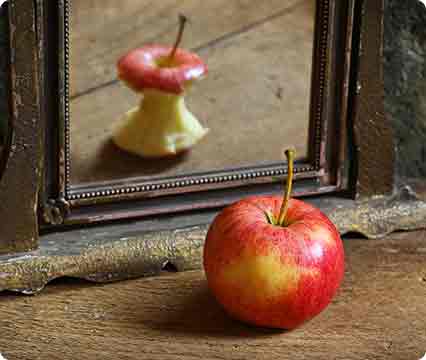Eating with our eyes: From visual hunger to digital satiation
This 2016 article explores the impact of the increasing exposure in society to images of desirable foods (what is often labelled ‘food porn’, or ‘gastroporn’) via digital interfaces might have, and whether it may inadvertently be exacerbating our desire for food (what we call ‘visual hunger’). Here Spence et. al (2016) review the evidence for the potential profound effect viewing these images may have on neural activity, physiological and psychological responses and visual attention (especially in the ‘hungry’ brain). It is explained that the blame is often put on the global food companies for offering addictive foods, designed to use just the right amount of pleasurable ingredients such as sugar, salt, fat to hit the “bliss point” and for making these calorie-rich foods so accessible. The review aimed to find out if there are other implicit cues in our environments that might be triggering hunger more often than it is good for human well-being. [NPID: food porn, visual hunger, desire, craving, neural activity, bliss point, well-being, perception]
Year: 2016
 Navigation
Navigation






